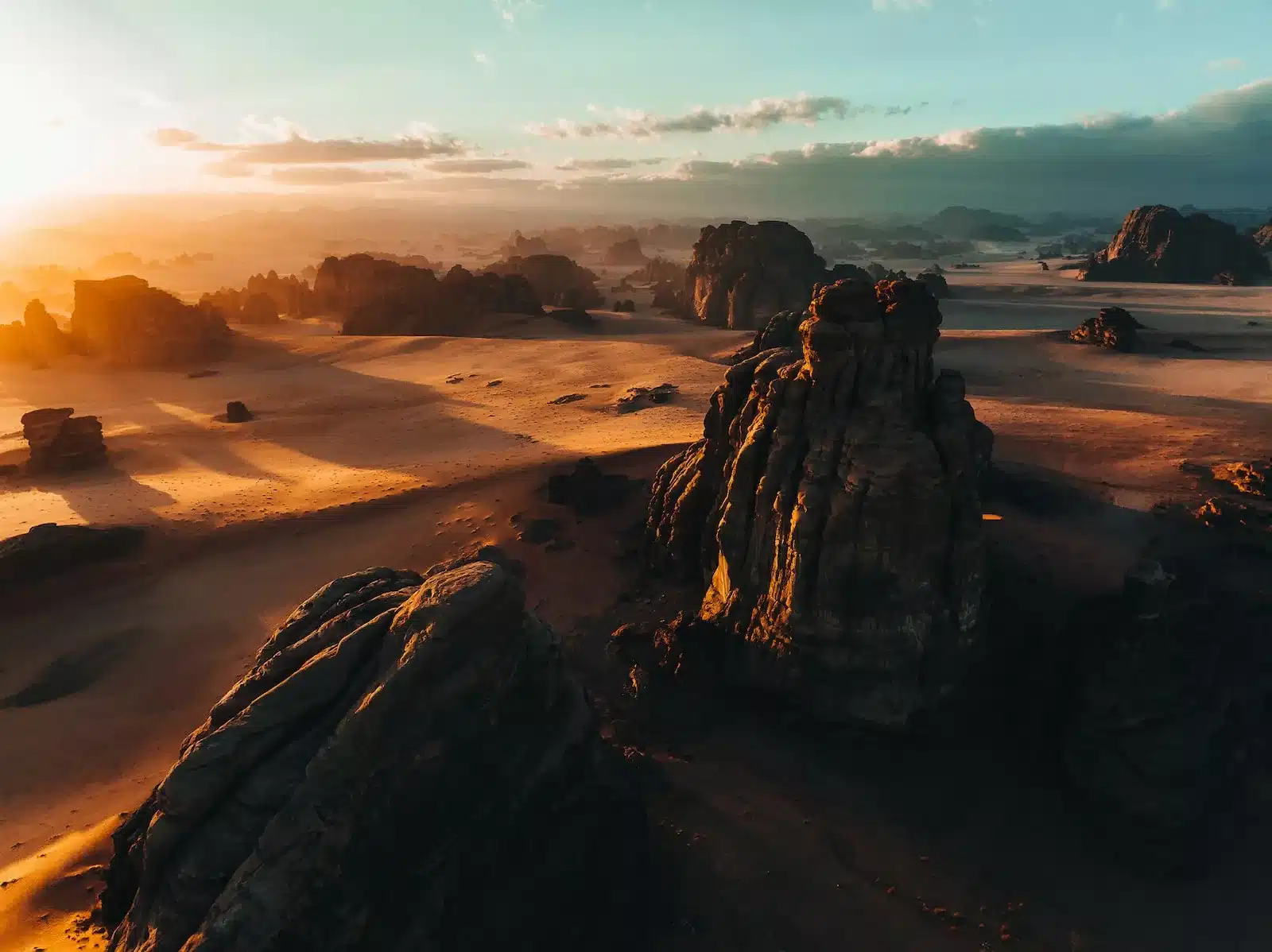Color Psychology and Branding
Color Psychology and Branding
July 11, 2018
Recent Blogs

Law Firm SEO: Search Engine Optimization for Attorneys
March 25, 2025

Unlocking Hyper-Local SEO Success: A Revolutionary Approach by Los Angeles SEO Group
March 24, 2025

Why Expert SEO Help Is the Key to Unlocking Your Business’s Online Success
February 17, 2025

The Rapid Evolution of SEO: Adapting to Google’s Latest Changes
May 24, 2024

Web Design Los Angeles: Responsive Websites and Web Development
May 16, 2024

Digital Marketing Services in Los Angeles
October 4, 2023

What you need to balance when doing SEO
August 25, 2023
Color psychology is a fascinating subject, and one that influences us as designers each and every day. Different colors have different psychological effects on human behavior/decision-making and should be used by brands to evoke particular reactions.
When it comes to branding a company, the idea of choosing colors is incredibly overwhelming. Therefore understanding the basics of color psychology can help marketers design and develop a brand that will maximize potential. Companies familiar with the psychology of color can further utilize branding techniques and better connect with target audiences. So, to alleviate the selection process this blog will explore how to choose colors wisely, based on specific marketing and branding goals.
Firstly, when it comes to color psychology, it is most important to consider the brands personality/voice and select shades that suit the distinct characteristics. For example, a brand selling rugged leather goods and men’s clothing wouldn’t want to use pink glitter and sparkles. It is critical to review the five core dimensions in order to determine a brand’s personality. In marketing, a brand’s identity is mostly dominated by one of the following traits:
1 – Sincerity [domestic, honest, genuine, cheerful]
2 – Excitement [daring, spirited, imaginative, modern]
3 – Competence [reliable, responsible, dependable, efficient]
4 – Sophistication [glamorous, presentable, charming, romantic]
5 – Ruggedness [tough, strong, outdoorsy, rugged]
It’s the sentiment, mood and image your brand creates that play a significant role in persuasion, and colors are most effective when they can be used to match a brand’s desired personality. Think about how a color makes you feel, and choose your brand’s color theme accordingly.
Although different colors yield different interpretations based on the individual, many colors get similar responses. Despite some exceptions, there exist many fundamental generalities about color psychology and how particular colors stimulate specific behavioral responses. It is still important to note that each color is open to numerous interpretations and there is no exact science. The following is a broad collection of common interpretations for colors, which can be used as a general guideline:
Red: often associated with energy, force, danger, alertness, as well as passion, love and desire. In marketing, it is used for increasing heart-rates, and is most effective on impulse shoppers. This color evokes urgency, and is helpful when marketing clearances or sales.
Orange: often associated with enthusiasm, excitement, and confidence, but can also be known as the color of caution. It is used to create a call to action, and is helpful when marketing affordability and good value.
Yellow: Often associated with happiness, youthfulness, optimism and clarity, but can also be used for cautionary purposes. In marketing, yellow is extremely noticeable and produces a warming effect that stimulates mental activity.
Blue: The most universally favored color, as it is extremely versatile and can mean a variety of things. Often associated with trust, loyalty, productivity, and confidence, this color is found in an abundance of industries. In marketing, blue is used to evoke creativity and dependability, as it slows the heart-rate and is designed to make people feel good.
Green: Often associated with health, nature, relaxation, productivity, and is also used by financial companies to illustrate wealth. In marketing, it is a calming color that represents growth and denotes nature. Green is helpful when marketing Eco-friendly companies, financial institutions, and tech firms.
Pink: Often associated with happiness and energy, it is a cheerful color that has the ability to alleviate anger, aggression or resentment. In marketing, it is commonly used to brand trendy or romantic products. While some shades of pink are calming, it is also a color that adds life, glamour and energy to a brands look and personality.
Purple: Often associated with luxury, royalty, and wisdom, it possesses the ability to uplift, calm-nerves, and encourage creativity. In marketing, purple translates to premium products or services, and is a common color for cosmetic companies, luxury brands and academic institutions.
Black: Often associated with authority, sophistication, professionalism, power, and stability, evoking serious and strong emotions. In marketing, black represents high-end industries and is used to help sell sleek and elegant products.
White: Often associated with cleanliness, purity, innocence, and freshness. In marketing, white is mostly used to communicate clean and simple designs while opening up crowded areas. White is a great contrast color, making logos both timeless and beautiful.
Lastly, the selected colors should be those that distinguish the company from its competitors. Go bold and differentiate! Always remember that a color wheel is one of the best tools to help you learn which color combinations work together, and which you should avoid altogether.

